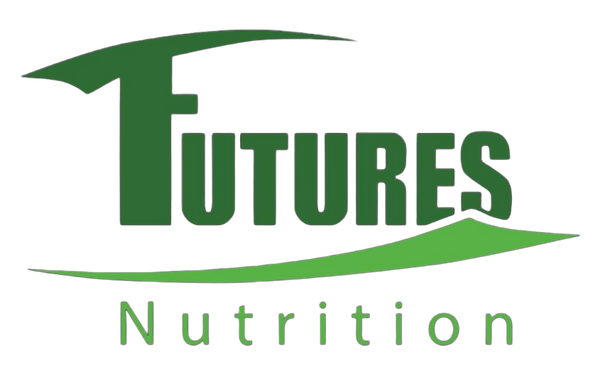
Advantages of vitamin D3
Share
Vitamin D3 advantages

Functions of vitamin D3 -VItamin D3 advantages
Vitamin D3 is decisive together with a number of other factors in the regulation of the calcium- and phosphate metabolism involved and promotes their intake in the intestine. This significantly supports the mineralization of the bones and influences various hormones. Vitamin D is also involved in the muscle metabolism and the defense against infections. It fulfills many tasks in our organism: for example, it strengthens the bones, influences muscle strength and contributes to the preservation of healthy teeth. Some studies indicate that the so -called sun vitamin is important for cardiovascular health and the immune system and can reduce the risk of some types of cancer.Vitamin D - the right supply

Too much/too little vitamin D:

Too much vitamin D
A Too much vitamin D is rare. However, both a massive acute and long -term overdose is dangerous. The resulting increase in calcium levels in the blood can lead to increased urine excretion, nausea, vomiting and even kidney stones - in extreme cases to kidney failure and death.
Too little vitamin D -Vitamin deficiency disease rachitis

Too little vitamin D Has negative effects on calcium and phosphate metabolism and thus on the bone balance. A vitamin D deficiency in the body can have different causes. For example, people who rarely stay outdoors during the day are at risk of people or toddlers. In small children, an undersupply of the Vitamin deficiency disease rachitis to lead. The bones are not properly mineralized, they become soft and deform (e.g. rachitic rosary, O-legs, delayed Closure of the Fontanelle). In adults, a serious deficiency leads to conversion processes and demineralization loss or impoverishment of minerals of the fully developed bones (osteomalacia) over a longer period of time. In older people, a vitamin D deficiency - along with other factors - can be related to the development of osteoporosis and accelerate them. Further signs of one Vitamin D deficiency are reduced muscle strength and an increased susceptibility to infections.
Vitamin D - Calculate the correct dosage

The calculation of the vitamin D dose for initial therapy. In order to increase the vitamin D level by 1 ng/ml, 10,000 IE is required with a body weight of 70 kilograms. In the event of a different body weight, the value must be recalculated in proportion, whereby 7,000 IEs per kilogram of body weight may not be exceeded. For example, if you weigh 70 kg, have a vitamin D body of 15 ng/ml and want to achieve a value of 35 ng/ml, then choose a single dose of 200,000 IE as an initial therapy. If you only weigh 60 kg, then take around 170,000 IE.
Vitamin D - a deficiency is widespread
Vitamin D is not a real vitamin. While real vitamins have to be absorbed with food, the body can also supply itself with vitamin D sufficiently by sunlight, because vitamin D is formed under the influence of UVB radiation in the skin. In Central Europe, however, this only works in summer (around April to September)-and only if you do not constantly apply sunscreen because it inhibits vitamin D formation. In the rest of the year the sun is too low to send enough UVB radiation to Earth. In Central Europe you can only do it well Vitamin D3 Supply out of the sun if you are outdoors in the warm season to fill up the stores sufficiently so that you can get over the winter. However, many people do not succeed in what the modern lifestyle with daily stay in closed rooms is not entirely innocent. That is why large parts of the population suffer from vitamin D deficiency. Vitamin D 10000 or Vitamin D3 20000 K2 is a supplementary for athletes.Vitamin D overdose by food or sun?
Since vitamin D hardly occurs in food, it is almost impossible to get an overdose of vitamin D. There is almost never an overdose of vitamin D due to solar radiation. Apparently the body has protective measures that stop the vitamin D formation over the skin as soon as a sufficiently high serum level is reached. On a sunny summer day, the body rarely takes more than 10,000 IE vitamin D on, and only if you almost undress all day (swimming trunks/bikini) in the sun. Vitamin D 30,000 Or higher doses of Vitamin D3 50,000 iu choose.
Vitamin D3 main sources of food
The most important sources of food for Vitamin D3 Are fish, liver, oil, egg yolk, butter and chicken etc. Make your own vitamin D preparation from mushrooms and the sun. We have described how you can make your own natural vitamin D from mushrooms: purely vegetable source for vitamin D: fungi. Of course you cannot use this method specifically a specific one Vitamin D mirror Reach because you do not know the actual vitamin D content of the mushrooms, but you can regularly install the correspondingly prepared mushrooms into the menu, so that you only have to take a little dose or no additional supplements in the long term.
How can I test my vitamin D content at home?
In the case of homes, a finger is usually stabbed and squeezed to remove a smaller blood sample. It is easier to measure 25-OH D because it stays in the bloodstream longer, about 14 days, and it is also easier to recognize changes in the 25-OH D level that are associated with a vitamin D deficiency.
Is it okay to take vitamin D3 daily?
Most experts recommend that you shouldn't take more than 4,000 IE vitamin D a day. If your serum-D3 value is very low (less than 12 nanograms per milliliter), some recommend a short cure from once a week 50,000 IE vitamin D2 Or D3, followed by a usual dose of 600 to 800 IE every day.
